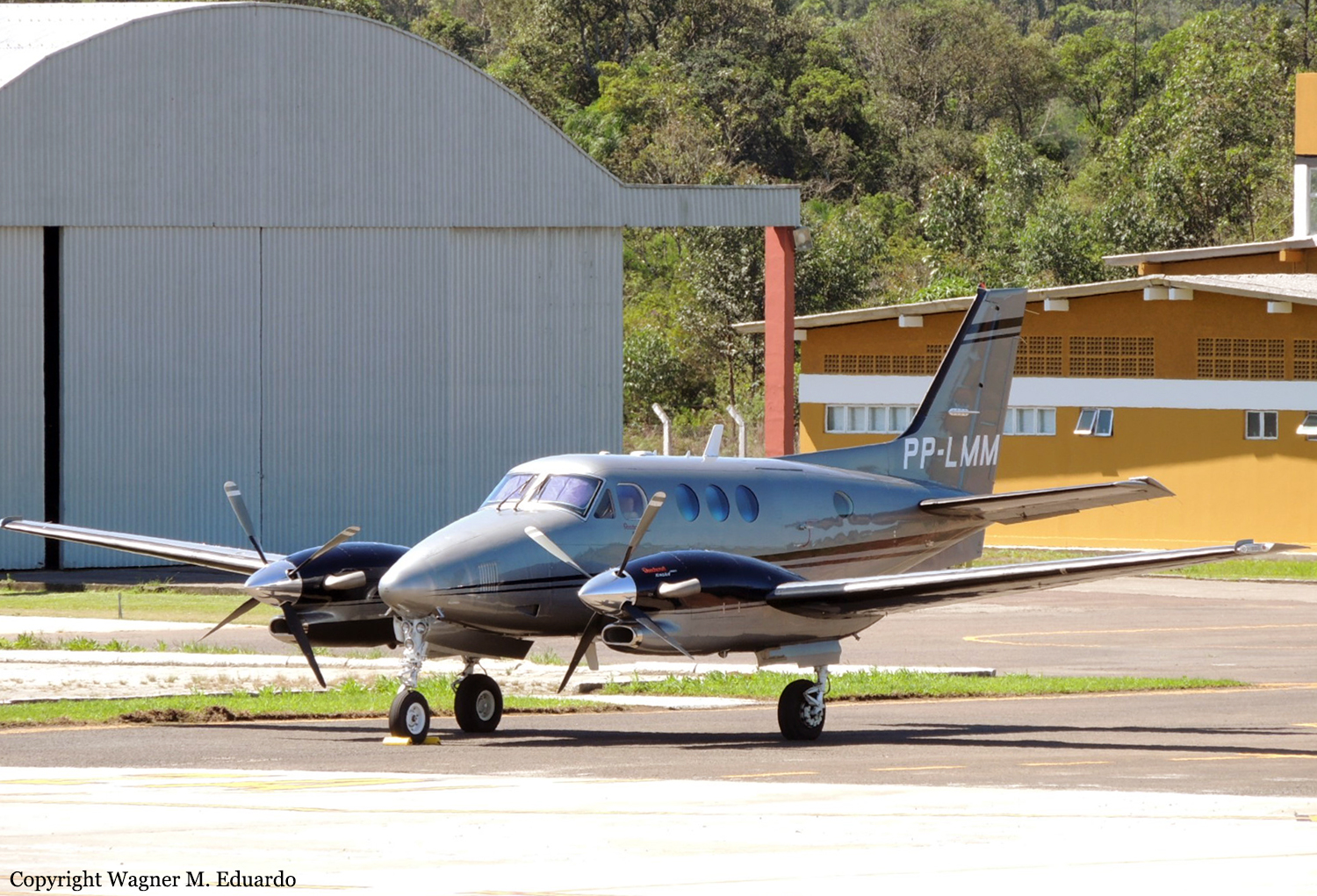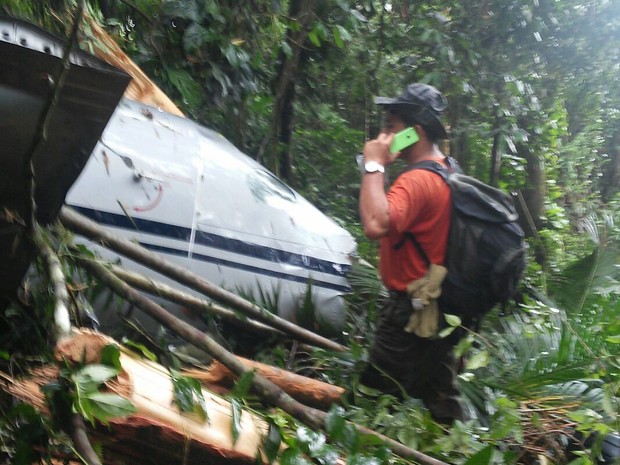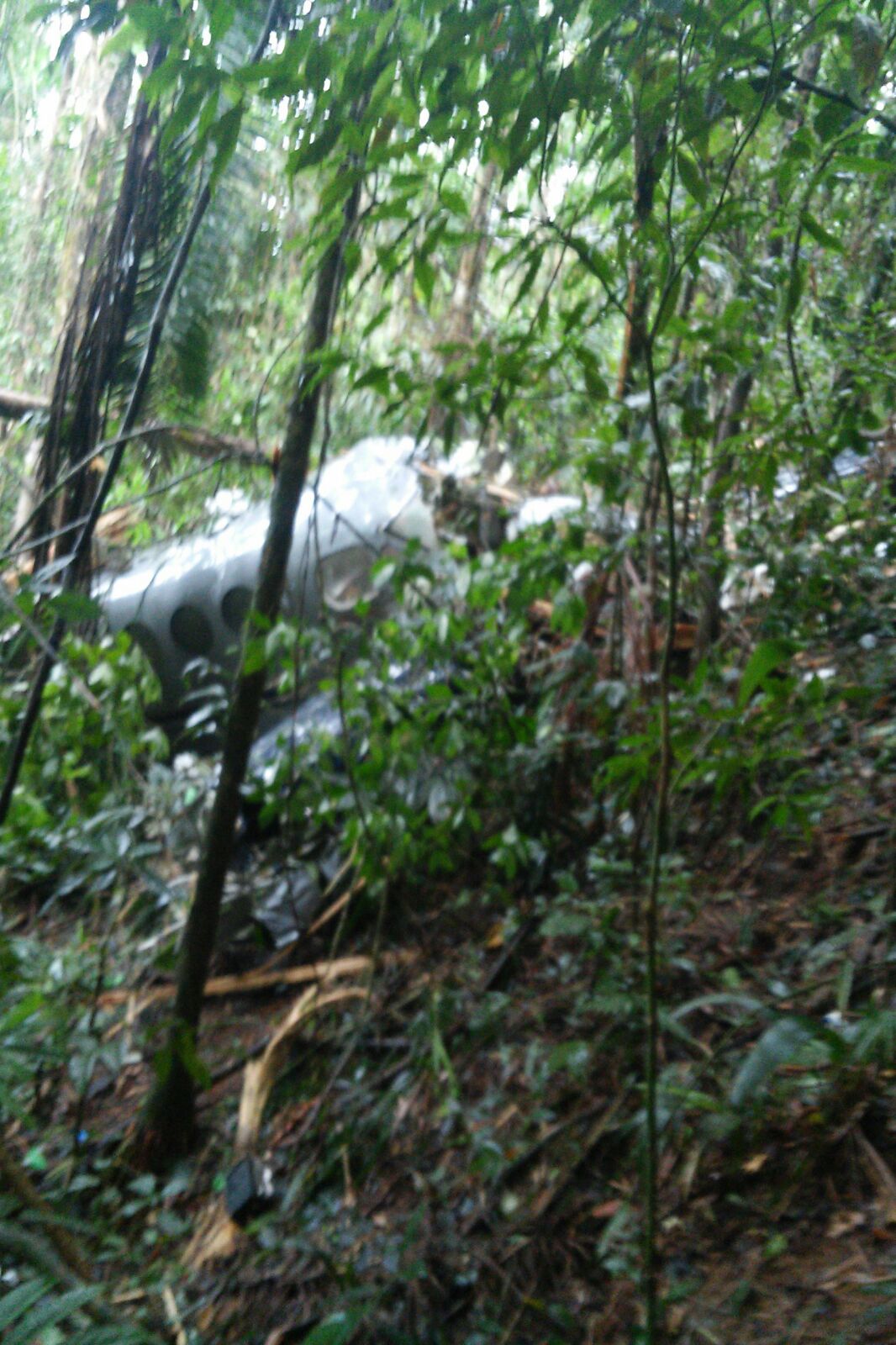Country
Crash of a Beechcraft 65-A90-1 King Air in Slidell: 2 killed
Date & Time:
Apr 19, 2016 at 2115 LT
Registration:
N7MC
Survivors:
No
Schedule:
Slidell - Slidell
MSN:
LM-106
YOM:
1968
Crew on board:
2
Crew fatalities:
Pax on board:
0
Pax fatalities:
Other fatalities:
Total fatalities:
2
Captain / Total hours on type:
614.00
Copilot / Total hours on type:
22
Aircraft flight hours:
15208
Circumstances:
The airline transport pilot and commercial copilot were conducting a mosquito abatement application flight. Although flight controls were installed in both positions, the pilot typically operated the airplane. During a night, visual approach to landing at their home airfield, the airplane was on the left base leg and overshot the runway's extended centerline and collided with 80-ft-tall power transmission towers and then impacted terrain. Examination of the airplane did not reveal any preimpact anomalies that would have precluded normal operation. Both pilots were experienced with night operations, especially at their home airport. The pilot had conducted operations at the airport for 14 years and the copilot for 31 years, which might have led to crew complacency on the approach . Adequate visibility and moon disk illumination were available; however, the area preceding the runway is a marsh and lacks cultural lighting, which can result in black-hole conditions in which pilots may perceive the airplane to be higher than it actually is while conducting an approach visually. The circumstances of the accident are consistent with the pilot experiencing the black hole illusion which contributed to him flying an approach profile that was too low for the distance remaining to the runway. It is likely that the pilot did not maintain adequate crosscheck of his altimeter and radar altimeter during the approach and that the copilot did not monitor the airplane's progress; thus, the flight crew did not recognize that they were not maintaining a safe approach path. Further, it is likely that neither pilot used the visual glidepath indicator at the airport, which is intended to be a countermeasure against premature descent in visual conditions.
Probable cause:
The unstable approach in black-hole conditions, resulting in the airplane overshooting the runway extended centerline and descending well below a safe glidepath for the runway. Contributing to the accident was the lack of monitoring by the copilot allowing the pilot to fly well below a normal glidepath.
Final Report:
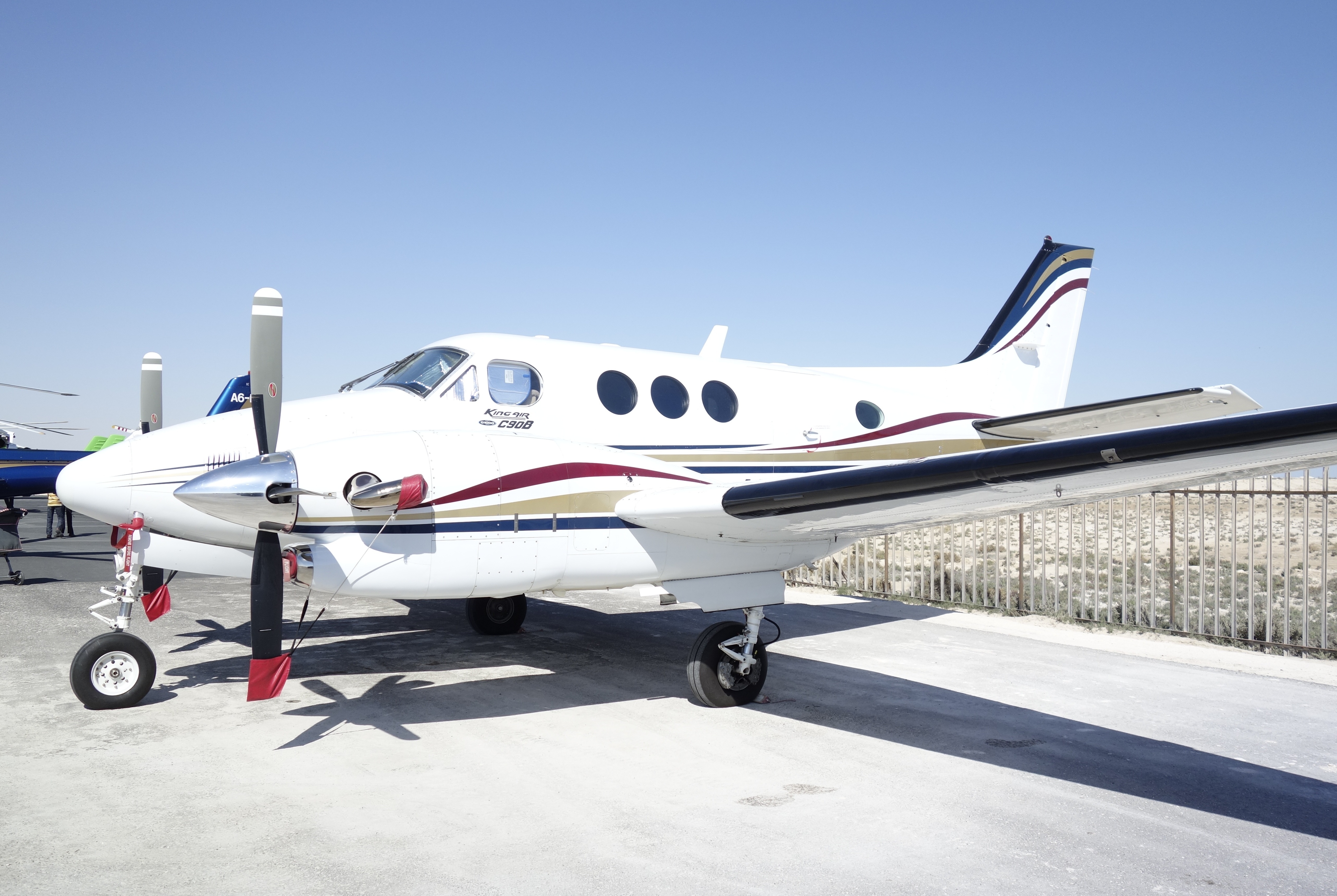
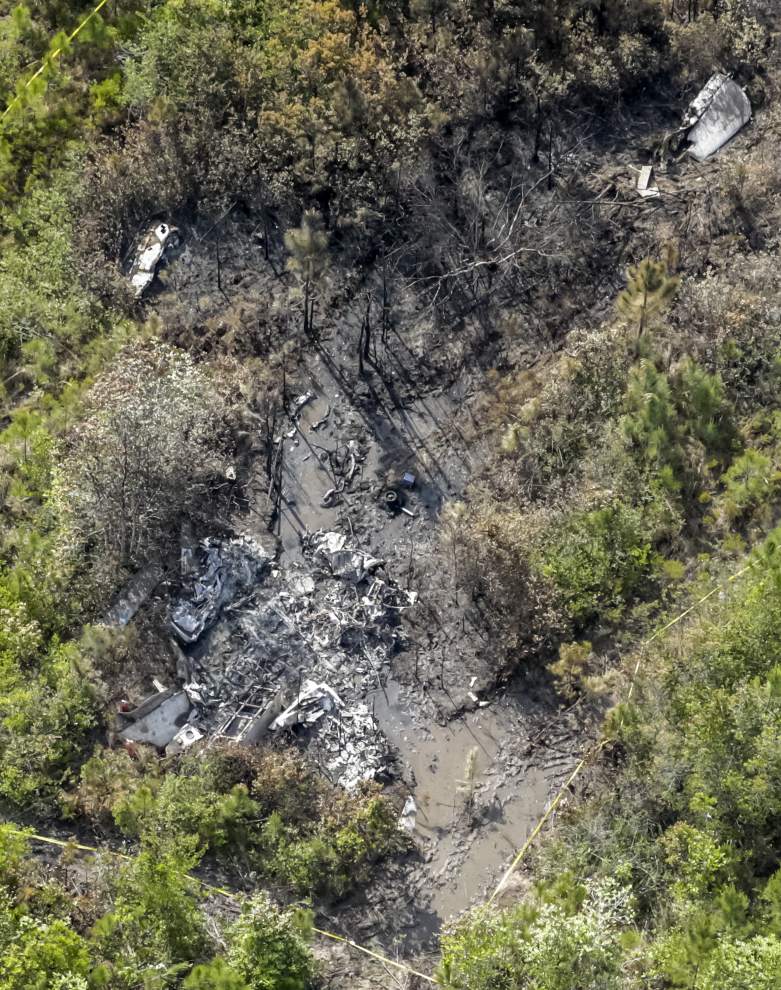
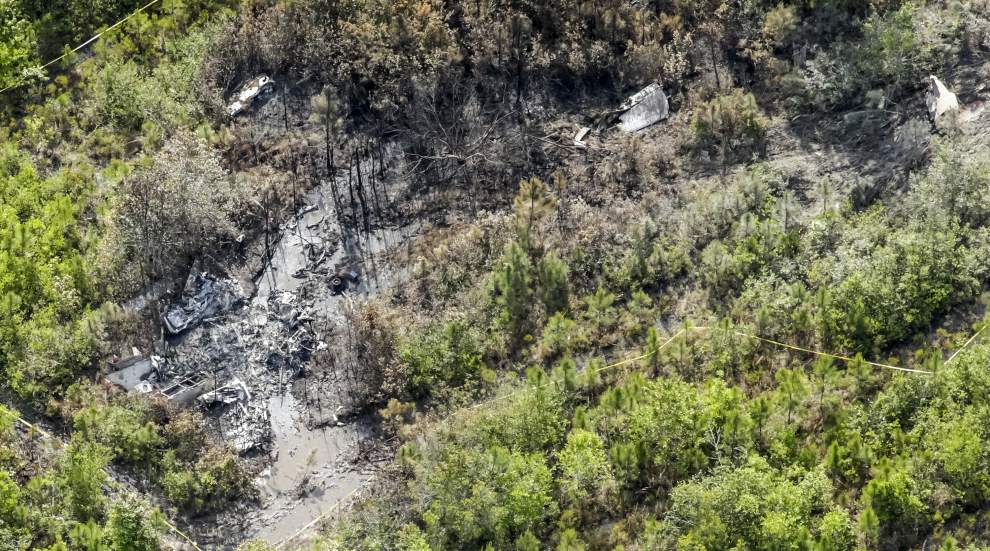
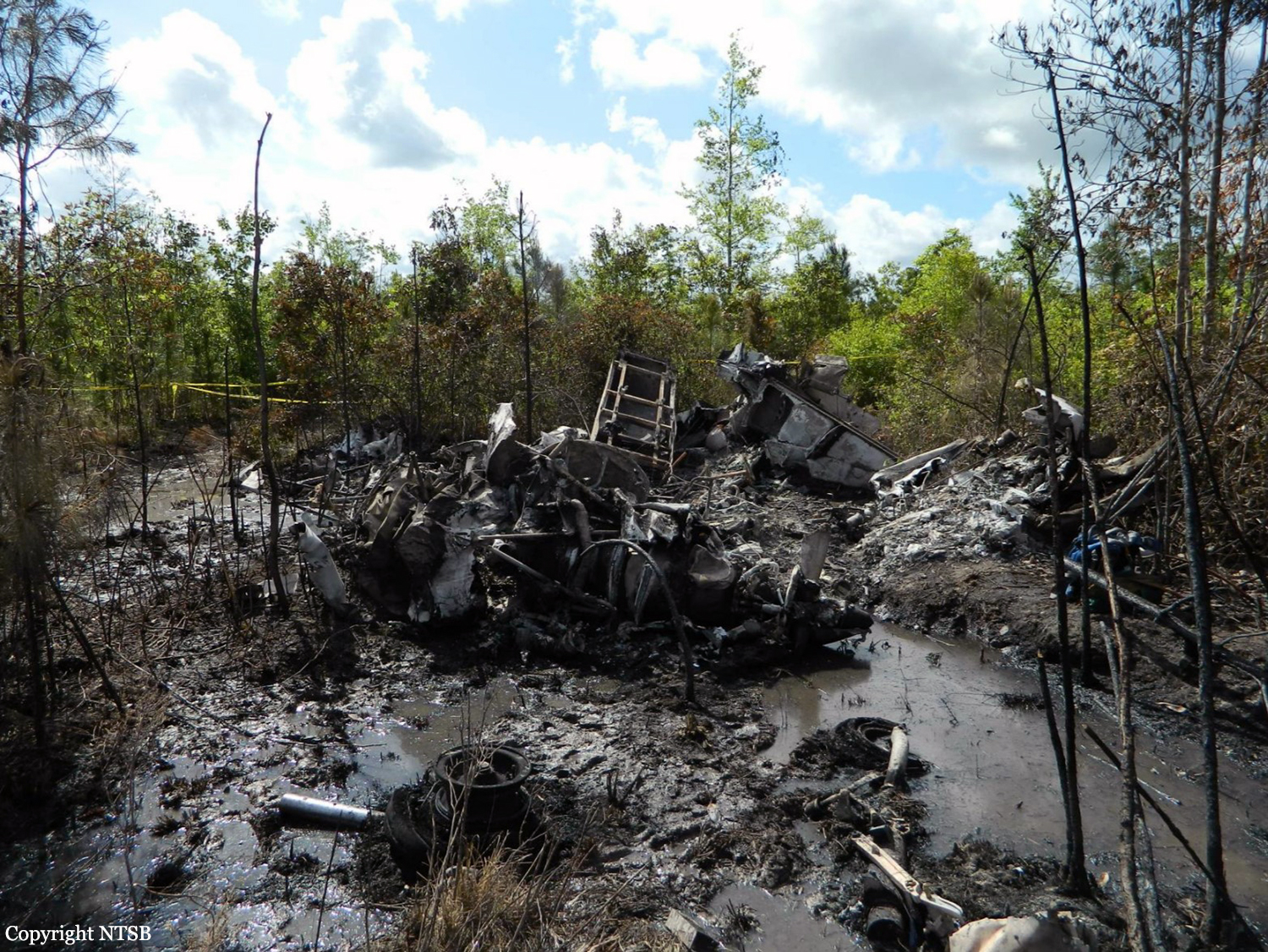


Crash of a Beechcraft C90 King Air in Oeiras
Date & Time:
Mar 18, 2016 at 1630 LT
Registration:
PP-JBL
Survivors:
Yes
Schedule:
Teresina - Oeiras
MSN:
LJ-861
YOM:
1979
Crew on board:
1
Crew fatalities:
Pax on board:
7
Pax fatalities:
Other fatalities:
Total fatalities:
0
Circumstances:
The twin engine airplane departed Teresina on a business flight to Floriano, carrying seven passengers and one pilot, among them Ciro Nogueira, Senator of the State of Piauí and Margarete Coelho, Vice-Governor of the State of Piauí. En route to Floriano, the pilot was informed about the deterioration of the weather conditions at destination and decided to divert to Oeiras Airfield. After touchdown on runway 11 that was wet due to recent rain falls, the aircraft started to skid. Control was lost and the aircraft veered off runway to the left and came to rest in a wooded area, some 10 metres from the runway. All eight occupants were rescued, among them one passenger was slightly injured. The aircraft was damaged beyond repair.
Probable cause:
Contributing factors:
- Application of commands - undetermined
It is possible that the pilot has not acted properly in the controls after touchdown to avoid a runway excursion.
- Flight indiscipline - contributed
Having landed on a non-approved runway, without justifiable reason, the crew member did not comply with the provisions of civil aviation regulations.
- Influence of the environment - undetermined
The wet and puddled runway may have affected directional control and aircraft braking performances during the landing roll.
- Pilot judgment - contributed
The crew member had not correctly assessed the risks involved in the operation in an unapproved runway, without justifiable reason. In addition, the pilot had no considering that the wet and puddle conditions of the runway could affect the directional control and braking performances of the aircraft.
- Decision-making process - contributed
The decision to land at an unapproved aerodrome, as well as having used a wet runway and the presence of puddles denoted an inadequate assessment of the risks present in the context. Failures related to decisions assumed by the pilot contributed to the occurrence insofar as they resulted in the entry of the aircraft into a critical condition, affecting its control.
- Application of commands - undetermined
It is possible that the pilot has not acted properly in the controls after touchdown to avoid a runway excursion.
- Flight indiscipline - contributed
Having landed on a non-approved runway, without justifiable reason, the crew member did not comply with the provisions of civil aviation regulations.
- Influence of the environment - undetermined
The wet and puddled runway may have affected directional control and aircraft braking performances during the landing roll.
- Pilot judgment - contributed
The crew member had not correctly assessed the risks involved in the operation in an unapproved runway, without justifiable reason. In addition, the pilot had no considering that the wet and puddle conditions of the runway could affect the directional control and braking performances of the aircraft.
- Decision-making process - contributed
The decision to land at an unapproved aerodrome, as well as having used a wet runway and the presence of puddles denoted an inadequate assessment of the risks present in the context. Failures related to decisions assumed by the pilot contributed to the occurrence insofar as they resulted in the entry of the aircraft into a critical condition, affecting its control.
Final Report:


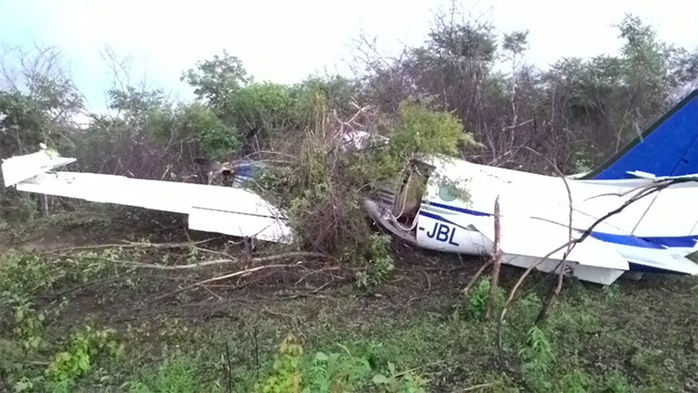



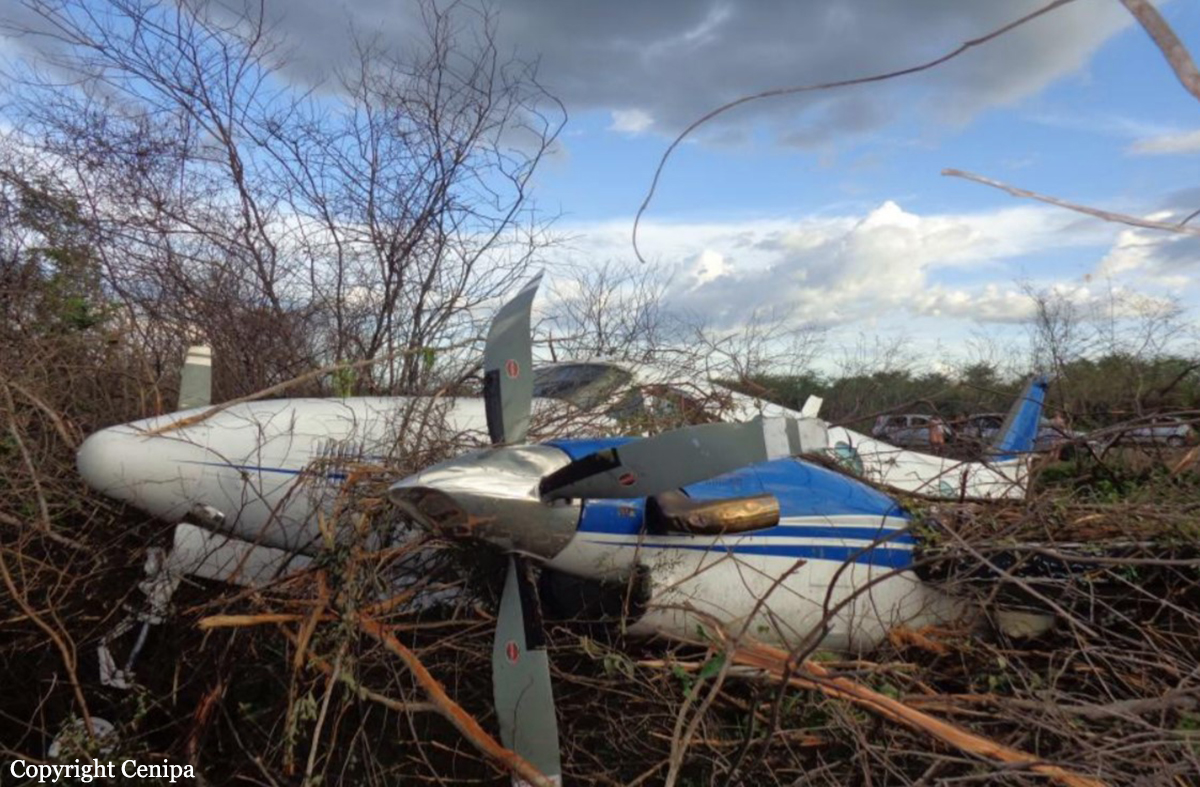
Crash of a Beechcraft C90GTi King Air in Paraty: 2 killed
Date & Time:
Jan 3, 2016 at 1430 LT
Registration:
PP-LMM
Survivors:
No
Schedule:
Campo de Marte - Paraty
MSN:
LJ-1866
YOM:
2008
Crew on board:
2
Crew fatalities:
Pax on board:
0
Pax fatalities:
Other fatalities:
Total fatalities:
2
Captain / Total hours on type:
319.00
Circumstances:
The twin engine aircraft departed Campo de Marte Airport at 1334LT on a positioning flight to Paraty, with an ETA at 1415LT. While descending to Paraty Airport, the crew encountered instrument meteorological conditions. On final, while approaching under VFR mode, the aircraft impacted trees and crashed in a dense wooded area located in hilly terrain few km short of runway. The aircraft was destroyed and both pilots were killed.
Probable cause:
Contributing factors:
- Attention - undetermined
Moments before the accident, another aircraft successfully completed the landing at the Paraty aerodrome. It is possible that the pilot's attention was focused on this information, which indicated the possibility of landing, despite the critical conditions faced, leading him to take high risks to make the landing in critical conditions.
Also, the presence of a copilot not qualified to operate the aircraft may have influenced the pilot's cognitive processes, causing deconcentration or deviation of attention from the pilot.
- Attitude - contributed
Recurring attempts to make the landing indicated an excess of self-confidence on the part of the pilot, leading him to continue the flight to the Paraty aerodrome, even in adverse weather conditions.
The bold operational profile of the pilot, his past experience and the rules and values adopted informally in the group of pilots are possible factors that influenced the development of this attitude of excessive self-confidence.
- Adverse weather conditions - contributed
On the day of the accident, the weather conditions were not favorable for visual flight at the Paraty aerodrome.
- Culture of the working group - contributed
Among the pilots who operated in the Paraty region, competitive behavior had been installed, valued by the social recognition attributed to those who managed to operate in critical conditions. Above all, landing under conditions adverse weather conditions in the region was considered a manifestation of proficiency and professional competence. The values shared by that group of pilots favored the weakening of the collective perception about the present operational risks. The presence of other pilots who were also trying to land in the region on the day of the occurrence, as well as the landing made by one of these aircraft, moments before the accident, and also the accomplishment of two failed attempts of the PP-LMM aircraft, translates clear evidence of that behavior.
- Pilot forgetfulness - undetermined
The fact that the landing gear was not retracted during the second launch in the air indicated a failure, fueled by the possible forgetfulness of the crew, to perform the planned procedure. Maintaining the landing gear in the lowered position affected the aircraft's performance during the ascent, which may have contributed to the aircraft not reaching the height required to clear obstacles.
- Pilotage Judgment - undetermined
The possible decision not to retract the landing gear during the launch affected the aircraft's performance during the climb, which may have contributed to the aircraft not reaching the height necessary to clear the obstacles.
- Motivation - undetermined
The successful landing by the pilot of another aircraft, even under unfavorable conditions, may have increased the motivation of the pilot of the PP-LMM aircraft to complete the landing, in order to demonstrate his proficiency and professional competence.
- Perception - contributed
The occurrence of a collision with the ground, in controlled flight, indicated that the crew had a low level of situational awareness at the time of the occurrence. This inaccurate perception of the circumstances of the flight made it impossible to adopt the possible measures that could prevent the collision.
- Decision making process - contributed
The pilot chose to make two landing attempts at the Paraty aerodrome, despite adverse weather conditions, indicating an inaccurate assessment of the risks involved in the operation. This evaluation process may have been adversely affected by the competition behavior installed among the pilots. In this context, it is possible that the pilot based his decision only on the successful landing of another aircraft, a fact that limited his scope of evaluation.
- Organizational processes - undetermined
The PP-LMM aircraft was operated by a group of pilots, mostly composed of freelance professionals, who were informally managed by a hired pilot. Therefore, there was no formal system used by the operator to recruit, select, monitor and evaluate the performance of professionals. The failures related to the management of this process, possibly, caused inadequacies in the selection of pilots, in the crew scale, in untimely activations and, as in the case in question, in the choice of crew member not qualified to exercise function on board.
- Attention - undetermined
Moments before the accident, another aircraft successfully completed the landing at the Paraty aerodrome. It is possible that the pilot's attention was focused on this information, which indicated the possibility of landing, despite the critical conditions faced, leading him to take high risks to make the landing in critical conditions.
Also, the presence of a copilot not qualified to operate the aircraft may have influenced the pilot's cognitive processes, causing deconcentration or deviation of attention from the pilot.
- Attitude - contributed
Recurring attempts to make the landing indicated an excess of self-confidence on the part of the pilot, leading him to continue the flight to the Paraty aerodrome, even in adverse weather conditions.
The bold operational profile of the pilot, his past experience and the rules and values adopted informally in the group of pilots are possible factors that influenced the development of this attitude of excessive self-confidence.
- Adverse weather conditions - contributed
On the day of the accident, the weather conditions were not favorable for visual flight at the Paraty aerodrome.
- Culture of the working group - contributed
Among the pilots who operated in the Paraty region, competitive behavior had been installed, valued by the social recognition attributed to those who managed to operate in critical conditions. Above all, landing under conditions adverse weather conditions in the region was considered a manifestation of proficiency and professional competence. The values shared by that group of pilots favored the weakening of the collective perception about the present operational risks. The presence of other pilots who were also trying to land in the region on the day of the occurrence, as well as the landing made by one of these aircraft, moments before the accident, and also the accomplishment of two failed attempts of the PP-LMM aircraft, translates clear evidence of that behavior.
- Pilot forgetfulness - undetermined
The fact that the landing gear was not retracted during the second launch in the air indicated a failure, fueled by the possible forgetfulness of the crew, to perform the planned procedure. Maintaining the landing gear in the lowered position affected the aircraft's performance during the ascent, which may have contributed to the aircraft not reaching the height required to clear obstacles.
- Pilotage Judgment - undetermined
The possible decision not to retract the landing gear during the launch affected the aircraft's performance during the climb, which may have contributed to the aircraft not reaching the height necessary to clear the obstacles.
- Motivation - undetermined
The successful landing by the pilot of another aircraft, even under unfavorable conditions, may have increased the motivation of the pilot of the PP-LMM aircraft to complete the landing, in order to demonstrate his proficiency and professional competence.
- Perception - contributed
The occurrence of a collision with the ground, in controlled flight, indicated that the crew had a low level of situational awareness at the time of the occurrence. This inaccurate perception of the circumstances of the flight made it impossible to adopt the possible measures that could prevent the collision.
- Decision making process - contributed
The pilot chose to make two landing attempts at the Paraty aerodrome, despite adverse weather conditions, indicating an inaccurate assessment of the risks involved in the operation. This evaluation process may have been adversely affected by the competition behavior installed among the pilots. In this context, it is possible that the pilot based his decision only on the successful landing of another aircraft, a fact that limited his scope of evaluation.
- Organizational processes - undetermined
The PP-LMM aircraft was operated by a group of pilots, mostly composed of freelance professionals, who were informally managed by a hired pilot. Therefore, there was no formal system used by the operator to recruit, select, monitor and evaluate the performance of professionals. The failures related to the management of this process, possibly, caused inadequacies in the selection of pilots, in the crew scale, in untimely activations and, as in the case in question, in the choice of crew member not qualified to exercise function on board.
Final Report:
